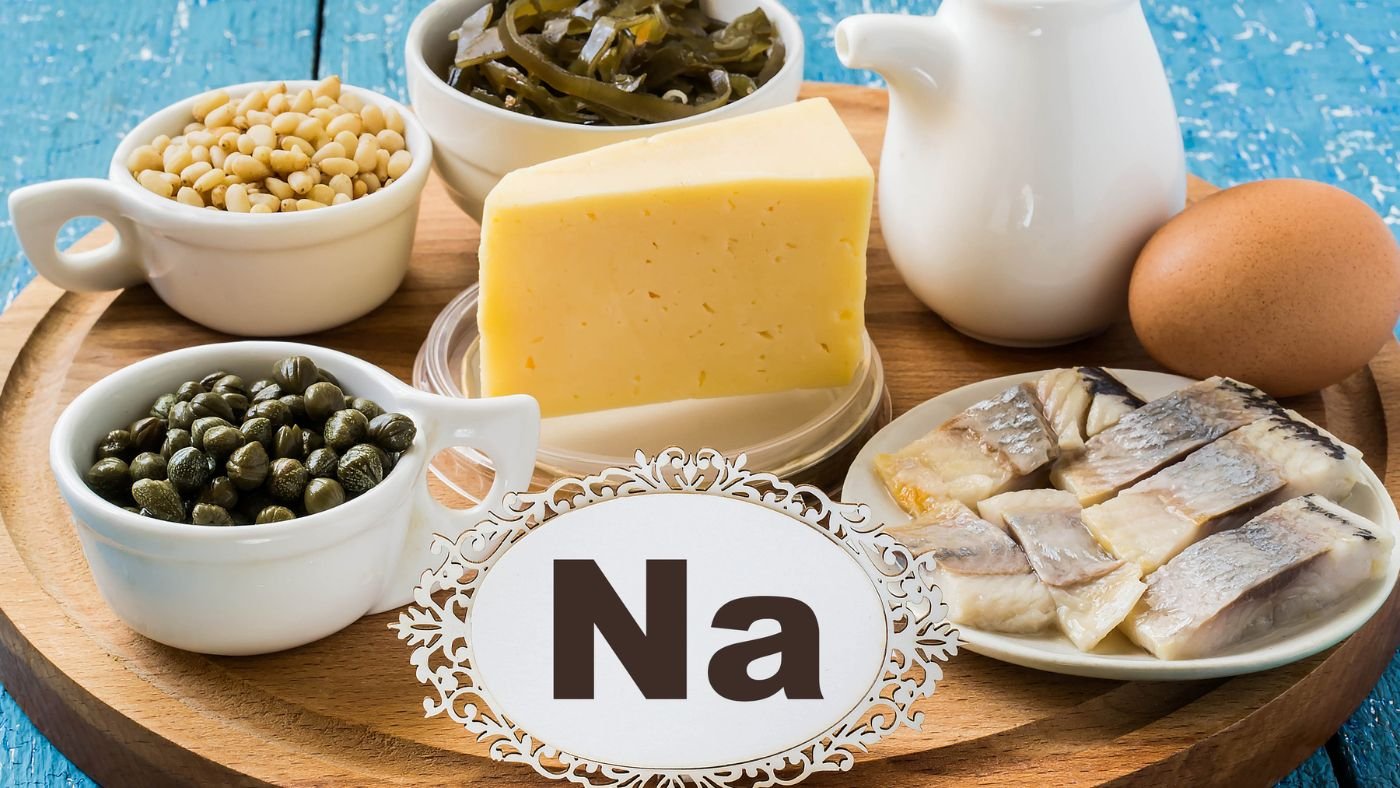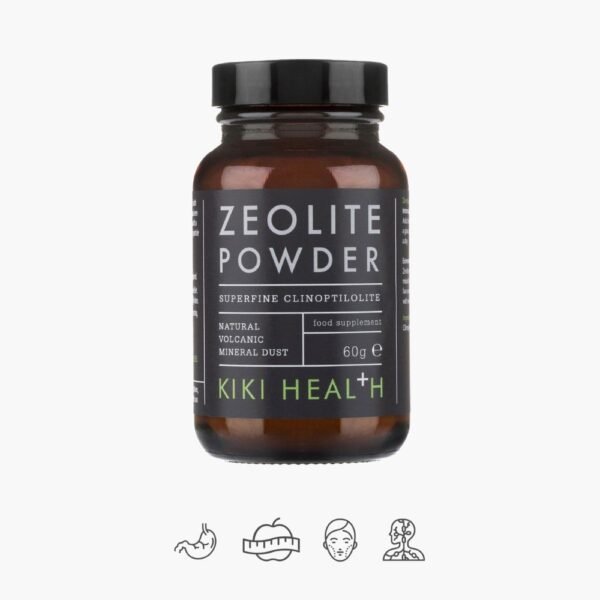The salt, also known as sodium chloride, consists of about 40% sodium and 60% of chloride. Salt adds flavor to food and is also used as a binder and stabilizer. It is also a good food preservative because bacteria cannot multiply in high salt content.
Sodium is attributed for electrolytes and helps regulate the amount of water in and around your cells.
The human body needs a small amount of sodium to carry out nerve impulses: to contract and relax muscles and to maintain a proper balance of water and minerals.
It is estimated that about 500 mg of sodium is needed daily for these vital functions. However, too much sodium in your daily diet can lead to high blood pressure, heart disease and stroke.
Too much sodium can cause calcium deficiency by draining calcium resources from the bones. It is estimated to consume at least 1.5 teaspoons of salt per day, or about 3,400 mg of sodium. This is much more than our body needs.
Recommended amount of sodium
There is not enough evidence to determine an exact sodium limit or toxic level of sodium (other than the risk of chronic disease). For this reason, no tolerable maximum daily rate has been established.
Adequate sodium intake was determined based on the lowest sodium intake that did not indicate deficiency and also allowed for the consumption of foods that naturally contain sodium.
1,500 milligrams per day is recommended for men and women 14 years of age and older, and pregnant women.
A reduction in chronic disease risk based on reduced sodium intake has also been identified. It also has proven benefits in reducing the risk of cardiovascular disease and high blood pressure.
It states that 2,300 milligrams per day is the maximum amount you should consume to reduce chronic disease.
Types of salts
Not all salts are created equal. Salts have their own origin and inherent concentration. You can find useful information about 5 most important types of salt, which are recommended and used by health professionals.
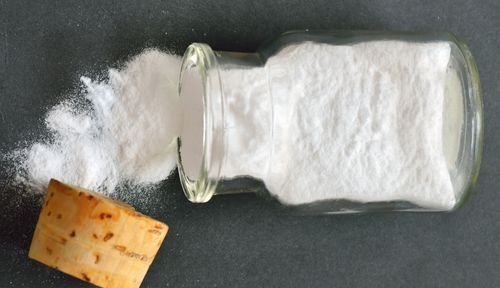
Health effects of sodium
The kidneys are constantly suffering from the existing excess of sodium in the blood. When sodium levels increase, the body stores water to dilute it. The amount of fluid around the cells increases, and the blood volume increases. Increased blood volume means that the heart will have to work harder and the blood vessels are under increased pressure.
Over time, the added strain and pressure can stiffen blood vessels, leading to high blood pressure, heart attack and stroke. It can also lead to heart failure.
There is some evidence that too much salt can damage the heart, aorta and kidneys without raising blood pressure. It is also believed that too much salt can be harmful to bones.
An overdose of sodium is harmful to health
It is useful to know more about the health risks and diseases associated with salt and sodium:
Cardiovascular diseases
A review of sodium studies suggests that reducing sodium intake also lowers blood pressure. It is clear that high blood pressure is a major cause of cardiovascular disease.
It accounts for two-thirds of all strokes and half of heart disease. In China, high blood pressure is the leading cause of preventable death, killing more than a million people a year.
Observational studies and clinical trials have shown that higher sodium intake is associated with cardiovascular disease and related deaths.
Chronic kidney diseases
Chronic kidney disease shares risk factors with cardiovascular disease, and high blood pressure is a major risk factor for both. Salt sensitivity is reported to be more common in patients with chronic kidney disease due to a reduced ability to excrete sodium.
Guidelines generally recommend moderate rather than low sodium restriction to prevent the development and progression of CKD. In general, it is recommended to consume less than 4,000 mg of sodium per day, and for chronic kidney disease, less than 3,000 mg per day.
Osteoporosis
The amount of calcium the body loses through urination increases with the amount of salt we eat. If there is a lack of calcium in the blood, it can begin to be removed from the bones. Thus, a diet high in sodium can have the additional adverse effect of causing bone loss.
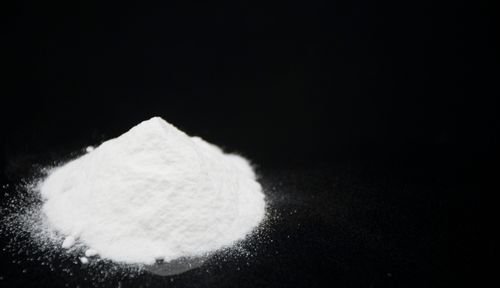
Sources of sodium
Sodium is usually not a nutrient to look for. Sodium finds us on its own. Almost all unprocessed foods, such as fruits, vegetables, whole grains, nuts, meats, and dairy products, are low in sodium.
Most of the salt in our diet comes from commercially prepared foods, not from salt added to our meals during home cooking, or even from the salt we use to season ready-made dishes.
The top 10 sources of sodium in our diet are: bread/buns; pizza; sandwiches; cold cuts and/or cured meats; Soups; burritos, tacos; savory snacks (chips, popcorn, pretzels, crackers); hen; cheese; eggs, omelets.
Sodium deficiency
Sodium deficiency is rare in Europe because it is very often added to various foods and at the same time we get it naturally from some foods. Hyponatremia is the term used to describe an abnormally low level of sodium in the blood.
It is more common in older people, especially those who live in long-term care facilities, take medications, or have medical conditions.
Excessive vomiting, diarrhea, and sweating can also cause hyponatremia if salt is lost in these fluids that are eliminated from the body.
Sometimes too much fluid, abnormally accumulating in the body, can cause hyponatremia, which can be caused by diseases such as heart failure or cirrhosis of the liver. In rare cases, simply drinking too much fluid can cause hyponatremia if the kidneys are unable to remove excess water from the body.
Symptoms of hyponatremia may include: nausea, vomiting, headache, altered mental status, lethargy, seizures.
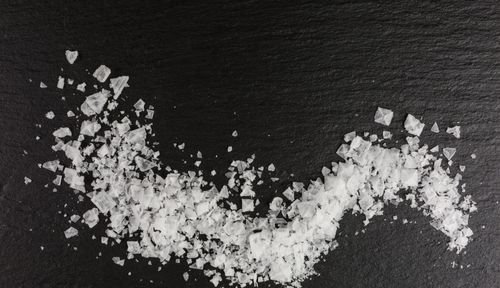
Excess sodium
Too much sodium in the blood is called hypernatremia. This acute condition can occur in elderly people with mental and physical disabilities, who are not eating or drinking enough, or who have a high fever, severe vomiting, or an infection that causes severe dehydration.
Other reasons are too profuse sweating or diuretics, which remove water from the body. When sodium builds up in the blood, water is moved from the cells into the blood to dilute it.
These fluid variations and fluid accumulation can cause seizures in the brain. Additional fluid accumulation in the lungs can make breathing difficult. Other symptoms of hypernatremia may include: nausea, vomiting, weakness, loss of appetite, intense thirst, kidney damage.
The relationship between sodium and potassium
Sodium and potassium are closely related, but have opposite effects on the body. Both are essential nutrients that play a key role in maintaining physiological balance, and both have been linked to the risk of chronic disease, particularly cardiovascular disease.
High salt intake raises blood pressure, which can lead to heart disease, while high potassium intake can help relax blood vessels and excrete sodium, while lowering blood pressure.
Our bodies need far more potassium than sodium on a daily basis, but the typical European diet is just the opposite: Europeans get an average of about 3,300 milligrams of sodium per day, about 75% of which comes from processed foods, but only about 2,900 milligrams of potassium per day .
People whose diets are high in sodium and low in potassium have a higher risk of dying from a heart attack. Studies show that people with the most sodium intake had a 20% higher risk of dying from any cause than people with the least sodium intake.
